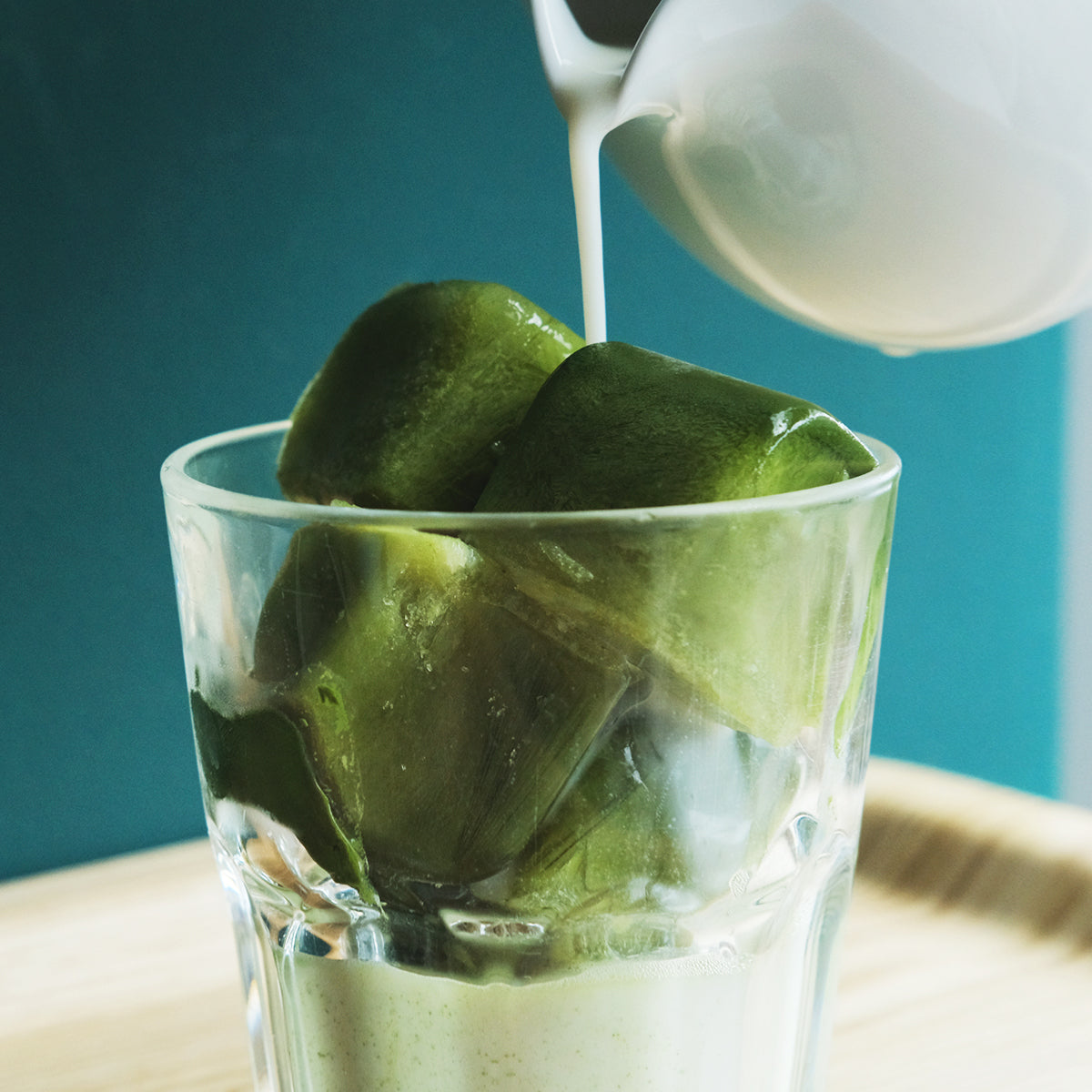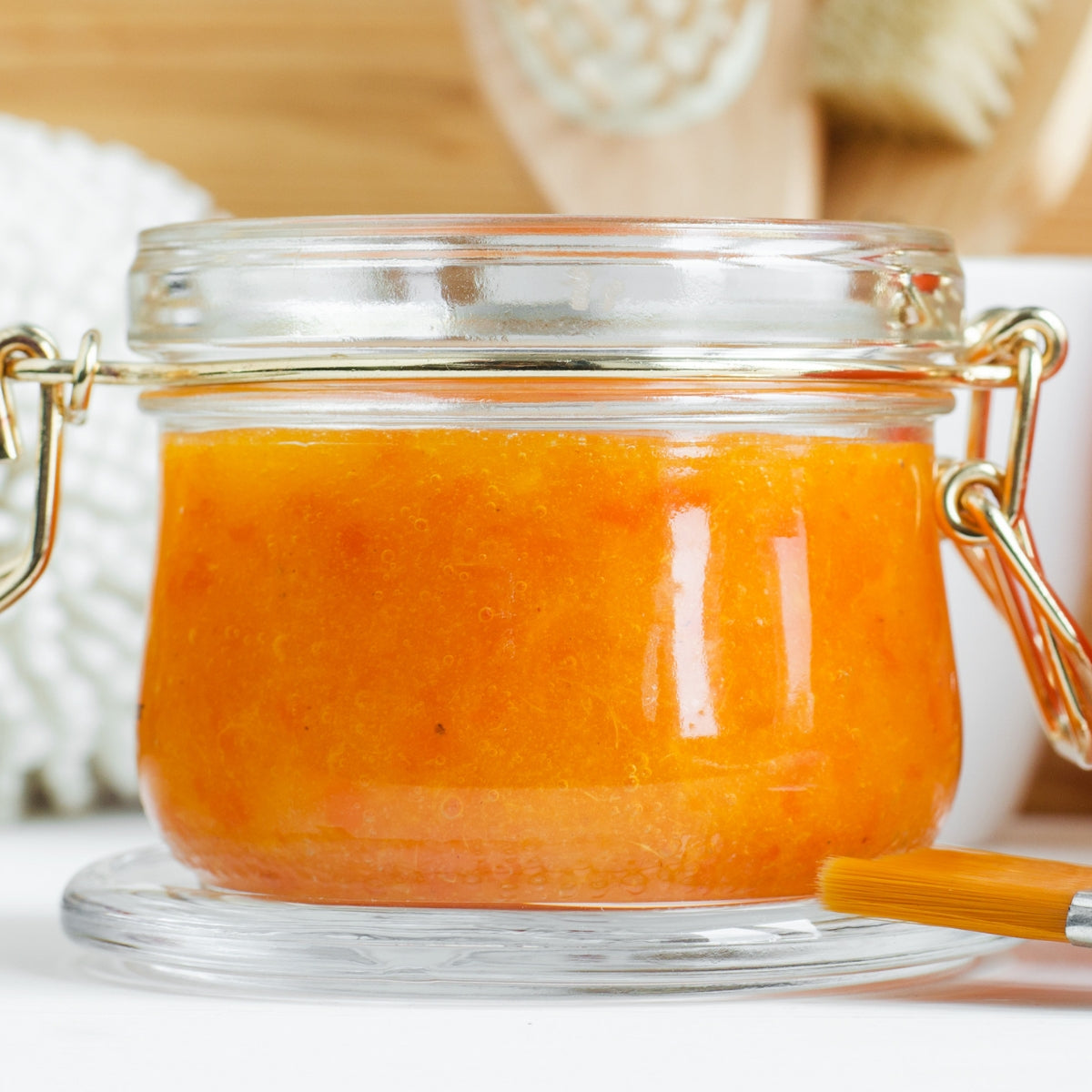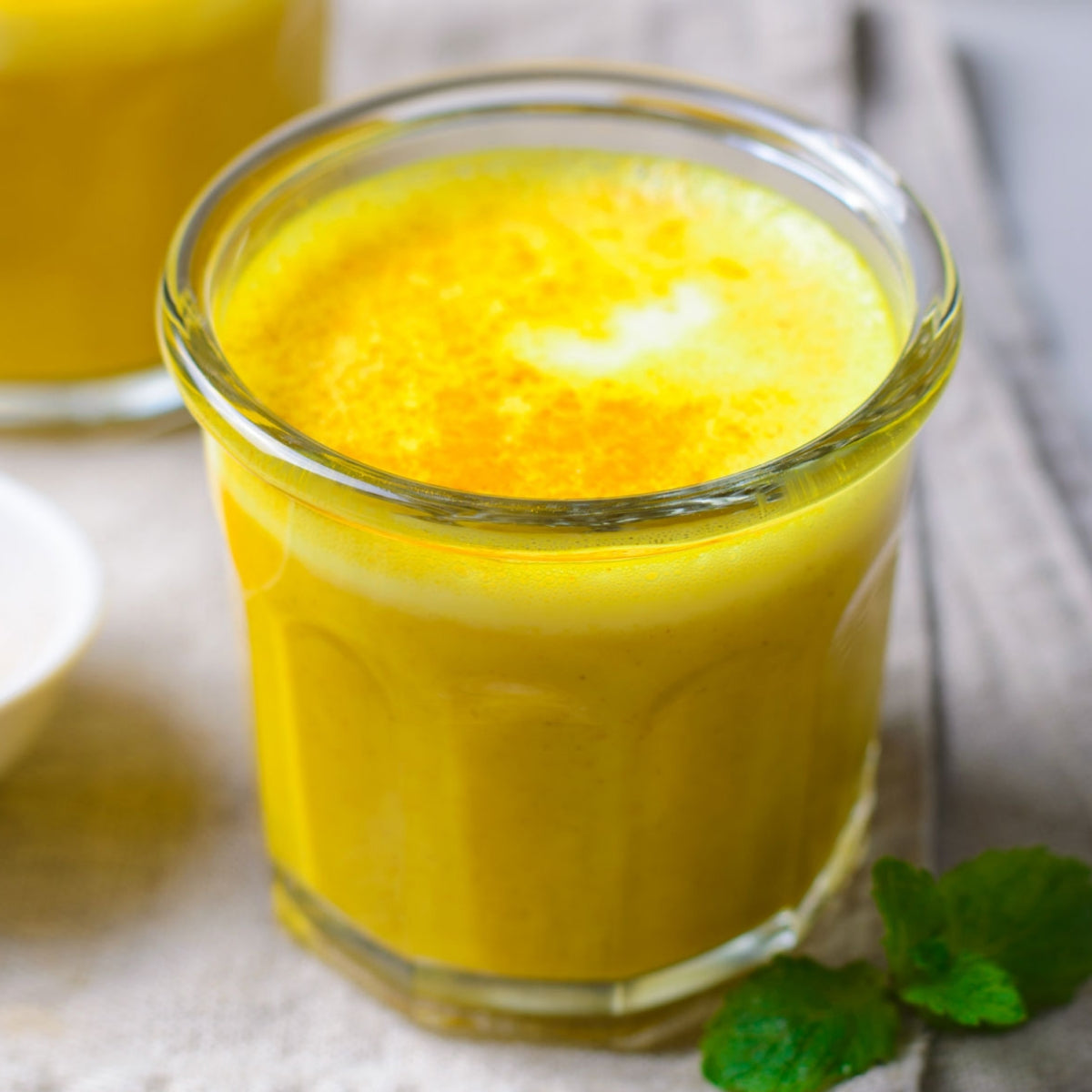You must have heard of the huge surge of research about the negative effects of sugar on our bodies. We had a chat with Sarah Wilson, the best-selling author of I Quit Sugar and I Quit Sugar For Life, whose two-week no sugar experiment took on a life of its own and turned into an incredibly inspirational lifestyle.

Sarah can help you cut out processed foods and achieve "a mind and body that's clean and clear" (quoting Sarah). In this interview we ask Sarah about her inspirations and influences, her previous sugar addiction, her philosophy on meat, and she tells us how to make a non-sugar smoothie.
Hey Sarah!
C&J: You have inspired a huge community on a journey to better health. Who or what has inspired you along the way?
SW: I'm not sure that I have one, but I find independent creatives inspire me. People like Seth Godin, Claire Bowditch, the great chick who runs BrainPickings.Org.
C&J: What did your diet and health look like before you quit sugar?
SW: I was a sugar addict. I didn’t look like one. I didn’t drink coke or put sugar in my coffee. I’ve never eaten a krispy Kreme donut, and ice cream bores me but here’s the thing: I was a covert addict. I was eating three pieces of fruit a day, a teaspoon or two of honey in my tea, a small (35g) bar of dark chocolate after lunch and, after dinner, honey drizzled on yoghurt, or dessert (if I was out). The American Heart Association recommends that women consume no more than six teaspoons a day, and on a conservative day I was consuming 25-plus teaspoons of sugar.
C&J: Your programmes have a strong Paleo influence to them, what is it about this way of eating that attracts you?
SW: The I Quit Sugar 8-Week Program is Paleo-ish. It incorporates some of the Paleo principles, like eating whole, unprocessed foods and obviously, cutting out sugar. Grains and carbs are optional and recipes easily adapted. However, we do use eggs, dairy and nuts in our recipes. My favourite acronym at the moment is JERF – Just Eat Real Food. To JERF is to eat simply. When you stop eating sugar you start eating whole, un-mucked with foods just like our grandparents did which is consistent with paleo principles.
C&J: For people who have a sweet tooth what are your favourite sweeteners to use?
SW: Rice malt syrup is my pick. It’s made from fermented cooked rice. It’s a blend of complex carbohydrates, maltose and glucose. It’s 100% fructose free. Stevia is another good option. Stevia is a plant-based sweetener. It’s completely fructose free and 300 times sweeter than sugar. It’s great in recipes where you want to add a little sweetness, but avoid using it in large quantities as it can have a bitter aftertaste.
C&J: A lot of smoothie recipes have a high fruit content, what does the perfect smoothie look like to you?
SW: For me, the perfect smoothie is a fructose-free, veggie-packed green smoothie! Commercial (and many homemade) smoothies and juices are often loaded with 2-3 serves of fruit and sometimes a dumping of “low-fat” and sweetened yoghurt. Which can tally to 30g of sugar, or 1.25 times the recommended daily amount in just one beverage. The effect of this sugar dump on the liver is enormous and sets the body up for a rollercoaster of blood-sugar highs and lows. Avoid fruit and stick to vegetable ingredients. I recently released an I Quit Sugar Clean ‘n’ Green Smoothies Cookbook packed full of cleansing, whole food detox smoothies and whips.
C&J: What are your rules and advice on purchasing meat and poultry?
SW: I’m a hearty meat eater. But I’m also a very mindful meat eater. I grew up on a small farm and we raised goats for milk and meat. I then worked in the food industry on and off for about 20 years, and developed a heightened respect for meat and how it should be consumed. My top tips for purchasing meat and poultry are:
- Always buy from sustainable suppliers – Check the farming practices used by your suppliers, supermarkets or local farmers are sustainable.
- Shop at your local market & butcher – Ask your butcher where their meat comes from. It also keeps the sustainable dialogue between you and the farmer (albeit via a third person).
- Seek out sustainable meat – People often ask me, do I eat organic meat? Yes and no. Put it this way, I don’t seek out “organic”. Instead I seek out “sustainable” meats. An organic steak can often come from cattle raised in cruel, dirty conditions. Flipside, a lot of fantastic pasture-raised meat doesn’t have an “organic” label. Not because the farmer cuts corners with chemicals, but because they can’t afford the expensive organic certification process.
- Buy pasture-fed meat - Pasture-raised animals forage on grass and do not tend to be treated with hormones or antibiotics. Grain-fed animals are kept in feedlots and are fed corn, soy and other grains.
C&J: How do you start your day to ensure it is healthy and balanced?
SW: Most mornings I wake up (no alarm; between 6 -7 am) and drink a dromedary’s hump worth of hot water. Then I head out the door to exercise (20-30 minutes). I’ll do an ocean swim, or a yoga class, or go for a slow jog on the harbour. Then I meditate, usually in the sun… head home for a shower and off to work where I make and eat my breakfast in our IQS (I Quit Sugar) kitchen.
Thanks Sarah!














